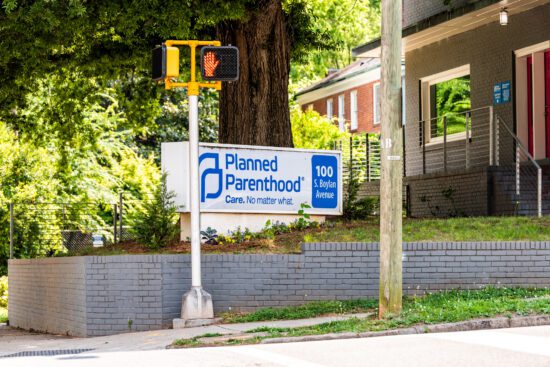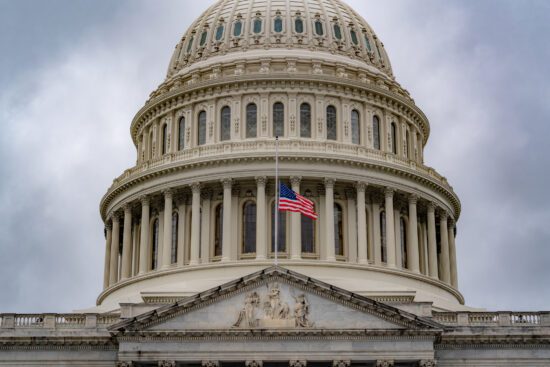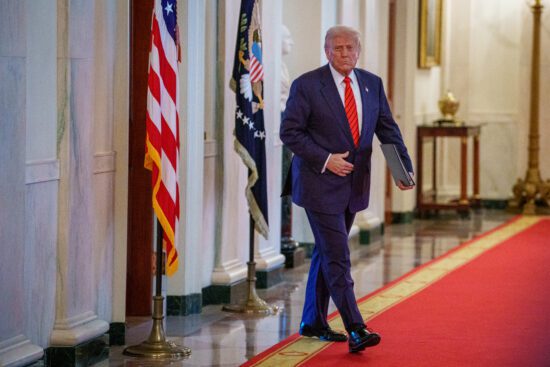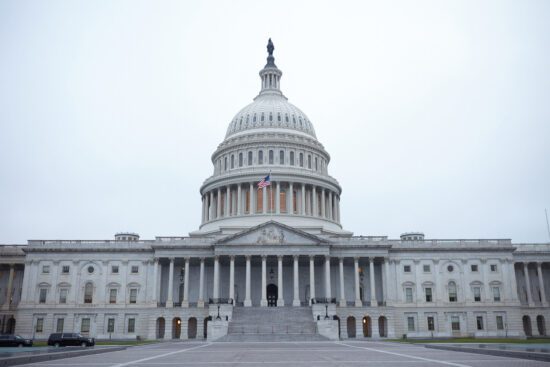On the morning of June 24, 2022, the abortion landscape in the United States changed dramatically with the release of the final opinion in the Dobbs v. Jackson Women’s Health Organization case. This decision overturned the horrific precedents in both Roe v. Wade and Planned Parenthood v. Casey and sent the fight for life in the United States into a new chapter.
The majority of the effects of the Dobbs decision have been on the state level. By returning the issue of abortion back to the people, each state had the opportunity to decide for itself what type of laws and environment it would establish. Over the last year we’ve seen 14 states completely ban abortion and six states pass laws severely restricting it, but at the same time, we’ve seen other states become abortion “destinations” passing incredibly extreme laws and incentivizing women to travel to their states to have an abortion.
Alongside these efforts to restrict abortion, we’ve seen many states adopt robust funding and resources to assist new families and women experiencing unplanned pregnancies. For example, in North Carolina, a recently passed bill that prohibits abortions after 12 weeks of pregnancy also makes $20 million available over the next two years to fund paid parental leave for state employees and expands access to healthcare for women and children.
Though we rejoice at the progress many states have made toward establishing a culture of life, the Dobbs decision did not rid federal legislators of their ability or responsibility to act on this issue. The federal government still has a role to play in ending abortion.
Over the last year, the ERLC has advocated in numerous ways to push back on attempts from both the executive and legislative branches to expand abortion access following Dobbs and to urge our lawmakers to move forward policies that protect life. This article provides a brief look back at how our federal officials have responded to this monumental decision
Congress
Following the Dobbs decision, congressional Democrats wasted no time in putting forward pro-abortion measures for a vote in both the House of Representatives and Senate. Once again, the misnamed Women’s Health Protection Act, which would codify a right to abortion up until the moment of birth, was brought to the floor for a vote. This is the most pro-abortion bill to ever pass the House, and the ERLC remains strongly opposed to this piece of legislation. In addition to the Women’s Health Protection Act, we continue to see efforts from congressional Democrats to:
- label the work of pregnancy resource centers as “misinformation,”
- expand coverage of abortion travel,
- and punish states that have adopted pro-life laws.
The Dobbs decision also spurred on the House to pass legislation codifying a right to contraception, including many abortifacients, and stripping away important religious liberty protections. Though this bill did not move forward in the Senate, a related bill, the Respect for Marriage Act, did move forward, eventually becoming law late last year. The Respect for Marriage Act codified and expanded the right to same-sex marriage, amidst fears that the 2015 Obergefell decision, like Roe, could be overturned. The ERLC strongly opposed both of these bills and worked for many months against the passage of the Respect for Marriage Act.
This flurry of activity around abortion also made the annual hard-fought fight to maintain long standing pro-life policy riders in our government’s appropriations bills such as the Hyde amendment more difficult. Despite intense opposition, these riders, which prevent the use of government funding for abortion—saving innumerable lives and protecting the consciences of millions of American taxpayers—were preserved.
As we entered into a new Congress this January, we began to see some positive steps toward protecting life with the passage of the Born Alive Survivors Protection Act in the House. Unfortunately, other pro-life pieces of legislation such as the No Taxpayer Funding for Abortion or the SAVE Moms and Babies Act, which would significantly restrict chemical abortion, have stalled in Congress.
After failed pro-life ballot measures in several states and recent attempts to make pro-life measures seem electorally harmful, some lawmakers have tried to step away from pro-life legislation, insisting that only state governments, rather than federal legislatures, have a role to play. The ERLC has, and will continue to urge lawmakers that Congressional action is needed to further protect life across all 50 states. Though Dobbs did send the issue of abortion to the states, it did not prohibit Congress from also taking action.
The Biden administration
After the Dobbs decision, President Biden asserted his commitment to federally protected abortion access in place of the precedent established by Roe. Following the decision, through his power of executive orders, Biden signed the “Protecting Access to Reproductive Health Care Services” order, mandating the secretary of Health and Human Services (HHS) to secure abortion access. This order has been used by federal agencies to push forward pro-abortion policies that expanded access to the abortion pill, paid for abortion travel, and used taxpayer resources to fund “education” efforts around how to access abortion.
Following that executive order, a number of agencies made drastic policy changes, in violation of federal pro-life protections, to expand abortion access. Last fall, the Department of Veterans Affairs (VA) announced an Interim Final Rule expanding access to abortion by amending current regulations and removing an exclusion on abortion counseling and abortions in the medical benefits package for veterans and eligible family members. This change in rules creates taxpayer-funded abortions by the VA. Similarly, the Department of Defense changed its policies to cover time off and travel expenses for service members seeking abortions.
Most recently, HHS has adapted HIPPA to limit sharing of personal “reproductive health” information. This new rule establishes that healthcare providers and other related entities may violate HIPAA if they comply with investigations into illegal abortion and gender transition procedures. The rule compromises important protections for those who have been abused in order to expand abortion access.
Additional moves from the Food and Drug Administration (FDA) over the last year have also made chemical abortion drugs more accessible than ever before. Despite the fact that 1 in 5 women who take these drugs experience a complication requiring further medical treatment, the FDA has now permanently moved to allow the abortion pill to be obtained through the mail or at local pharmacies.
As the Biden administration has used every lever of power available to them since the Dobbs decision, the ERLC has pushed back on each of these initiatives and continues to advocate for their reversal.
The courts
While the abortion debate has largely moved away from what was once the centerpiece of advocacy—the courts—a challenge to mifepristone, one of the two major chemical abortion drugs, is forcing the courts to once again take up questions of abortion.
Recently, the U.S. Fifth Circuit Court of Appeals heard this case which both challenges the initial approval of mifepristone in 2000 and the subsequent removal of important safety measures that have been involved in its prescribing. The suit claims that the FDA “failed America’s women and girls when it chose politics over science and approved chemical abortion drugs for use in the United States. And it has continued to fail them by repeatedly removing even the most basic precautionary requirements associated with their use.”
This case could result in mifepristone being entirely removed from the market for elective abortions or severely restricted. A decision in this important case is expected in the coming days and will likely be appealed to the Supreme Court. The ERLC is closely watching this case and will continue to advocate for the court to rule in favor of life.
This past year has seen incredible victories for life, but it has also shown us how much work remains to be done. New estimates suggest that as many as 94,000 lives have been saved because of the Dobbs decision between July 2022 and March 2023. We celebrate that each of these precious ones made in God’s image have been granted life, and the ERLC will continue to advocate at both the state and federal level for each and every life to be protected and valued.
ERLC interns Sam Haymore, Jared Smith, and Tim Mackall contributed to this article.










